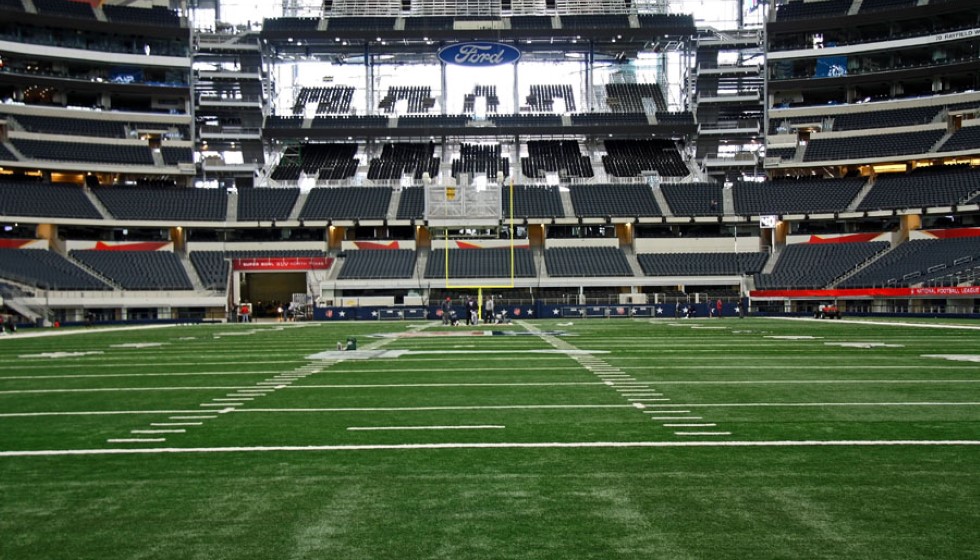
The return of the NFL became official with Thursday’s Pro Football Hall of Fame Game, signaling the opening act of the 2024 preseason. Fans of the Chicago Bears and the Houston Texans were treated to the first competitive football action since the offseason, a much-anticipated break from the long wait.
This preseason opener also doubled as a showcase for the NFL’s revamped kickoff rules, intended to balance entertainment and player safety. For the 2024 season, these rules are being enforced on a trial basis. All kicking-team players, except for the kicker, now need to line up on the receiving team’s 40-yard line. On the other hand, the receiving team must have at least nine players stationed in a Setup Zone between their 30- and 35-yard lines. A maximum of two receiving-team players can position themselves within the Landing Zone, which spans from the goal line to the 20-yard line.
The changes don’t stop there. Setup Zone players and kicking-team players are restricted from making any moves until the kicked ball touches the ground or is fielded by a returner in the Landing Zone or end zone. If the kicked ball lands before the Landing Zone, the play is ruled dead, giving possession to the receiving team at their own 40-yard line. A kick that lands within the Landing Zone must be returned unless it reaches the end zone and gets downed for a touchback, in which case the receiving team starts from their own 20-yard line. Interestingly, a kick that exits through the back of the end zone results in the receiving team starting at their own 30-yard line.
Even as these innovative rules take effect, the existing guidelines for onside kicks have largely been retained with one notable exception. Onside kicks may now only be attempted in the fourth quarter by a trailing team. This stipulation has been introduced to maintain the game's balance while allowing a trailing team a fighting chance to regain possession in the waning moments of the game.
The NFL’s decision to explore these changes reflects an ongoing commitment to evolving gameplay while prioritizing player health and safety. Through the 2024 season, the league will closely monitor how these new kickoff dynamics affect game strategy, field positioning, and overall player performance. This experiment could lead to permanent rule changes depending on the outcomes observed throughout the year.
Players, coaches, and fans will be paying close attention to these developments. The implications for game strategy are substantial, as teams will need to adapt their special teams playbooks to align with the new guidelines. Coaches will be tasked with drilling these new rules into their squads, ensuring that every player understands his role within heightened constraints. Meanwhile, fans can look forward to a fresh layer of strategic depth added to one of football's most initial plays, compelling them to rethink everything they know about kickoffs.
In the Hall of Fame Game itself, the impact of these new rules was tangible. The altered formats not only affected field positioning but also introduced new anxieties and excitement surrounding each kickoff. The receiving team’s primary goal now is to act with precision, a potential game-changing factor under the revised regulations.
This season’s rule changes are a testament to the NFL's forward-thinking approach. By trialing these amendments, the league is putting its focus on the delicate balance between making the game more thrilling for spectators and safeguarding its athletes. All eyes will be on the behavior of kickoffs across the season, providing ample data and insights to guide future decisions. Whether these rules will become a permanent feature remains to be seen, but the 2024 season promises to be a fascinating one for all stakeholders in the world of professional football.